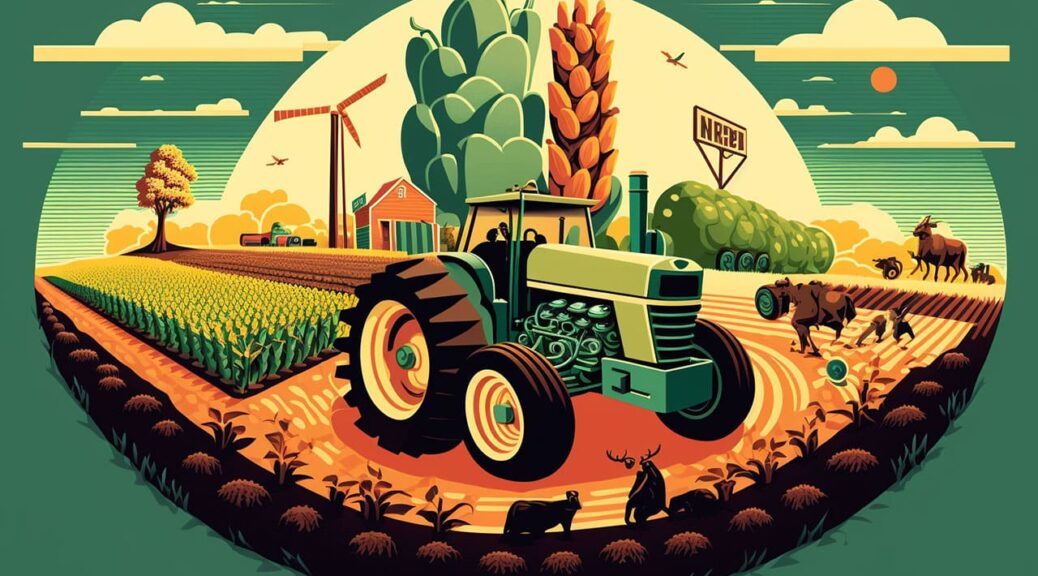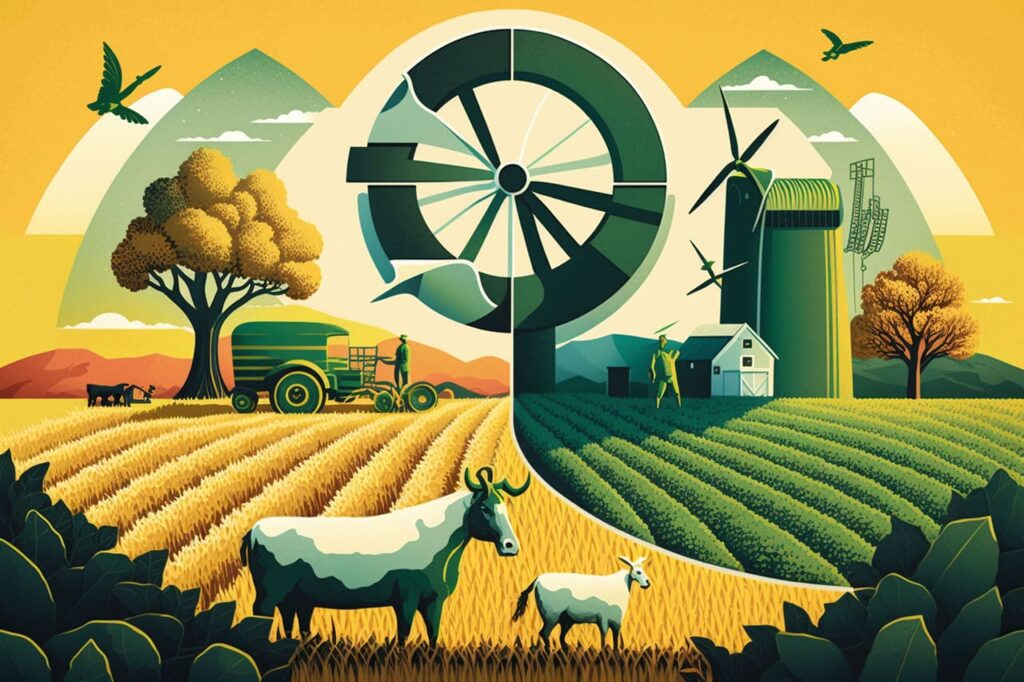Fast fashion is a phenomenon that has taken the fashion industry by storm. It is a business model that emphasizes on producing trendy clothes at a low cost, with quick turnaround times. This has led to an increase in the amount of clothing produced and consumed, resulting in a significant impact on the environment. In this article, we will explore the environmental impact of fast fashion and discuss sustainable alternatives.
The Environmental Impact of Fast Fashion
Water Usage
The production of clothing requires a significant amount of water. Cotton, the most commonly used fabric in the fashion industry, is a thirsty crop that requires an average of 2,700 liters of water to produce one cotton t-shirt. This is a significant amount of water, considering that around 2.5 billion people around the world lack access to clean water.
Chemical Usage
The production of clothing involves the use of many chemicals, including dyes, bleaches, and other toxic substances. These chemicals are often released into the environment, polluting waterways and soil, and posing a threat to the health of wildlife and humans alike.
Carbon Emissions
The fashion industry is responsible for a significant amount of carbon emissions. According to the United Nations, the fashion industry accounts for 10% of global carbon emissions, making it one of the largest contributors to climate change.
Sustainable Alternatives
Second-hand clothing
One of the most sustainable alternatives to fast fashion is buying second-hand clothing. Shopping for pre-owned clothing can significantly reduce the amount of clothing that ends up in landfills. It is also an affordable way to build a unique and stylish wardrobe.
Sustainable Materials
Choosing clothing made from sustainable materials, such as organic cotton, hemp, and recycled polyester, can significantly reduce the environmental impact of the fashion industry. These materials are produced using fewer resources and have a lower environmental impact than traditional materials.
Ethical Fashion
Ethical fashion is a movement that promotes sustainable and fair labor practices in the fashion industry. This includes ensuring that garment workers are paid fair wages and work in safe and healthy conditions. By supporting ethical fashion, consumers can help reduce the negative impact of the fashion industry on both people and the planet.
Conclusion
Fast fashion has become a significant contributor to environmental pollution and climate change. However, sustainable alternatives, such as second-hand clothing, sustainable materials, and ethical fashion, offer a way to reduce the impact of the fashion industry. By making more conscious choices when it comes to fashion, we can help protect the planet and create a more sustainable future.
Author’s Note: In addition to reducing the environmental impact of fashion, sustainable fashion can also have positive economic and social impacts. By supporting local, ethical fashion brands, consumers can contribute to the growth of sustainable industries and support the livelihoods of garment workers in their communities.
References
- Cotton Incorporated. (n.d.). Water Use. Retrieved from https://www.cottoninc.com/cotton-production/water-use/
- Ellen MacArthur Foundation. (2017). A New Textiles Economy: Redesigning Fashion’s Future. Retrieved from https://www.ellenmacarthurfoundation.org/publications/a-new-textiles-economy-redesigning-fashions-future
- United Nations Environment Programme. (2018). Single-use Plastics: A Roadmap for Sustainability. Retrieved from https://www.unenvironment.org/resources/report/single-use-plastics-roadmap-sustainability


